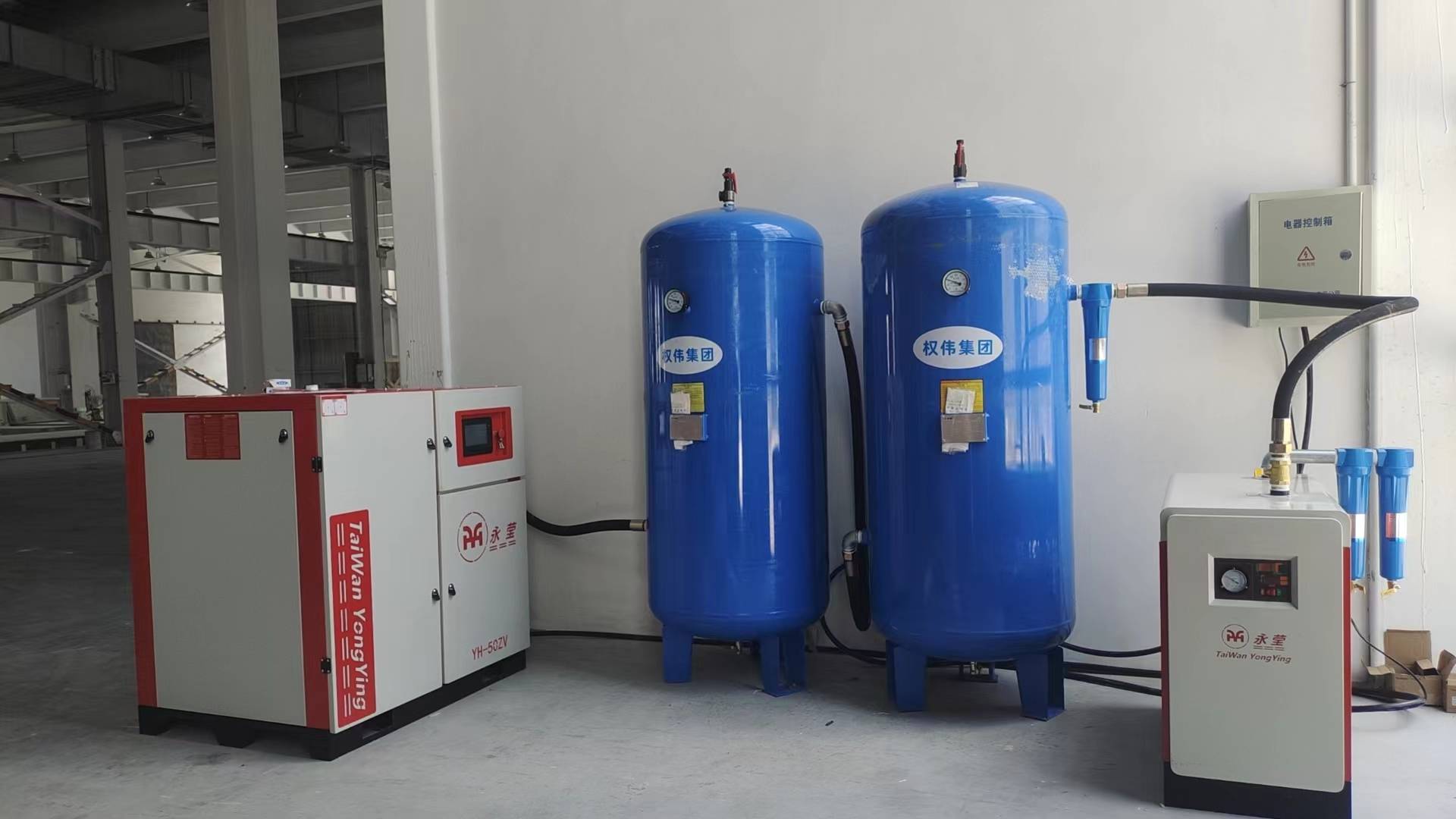In the age of smart manufacturing and climate-conscious production, air compression systems have emerged as pivotal drivers of industrial efficiency and sustainability. Modern innovations are transforming these systems from basic utilities into intelligent, eco-friendly powerhouses that align with global decarbonization goals.
Intelligent Control Systems
Advanced algorithms and IoT integration now enable air compressors to operate with unprecedented precision:
Self-Optimizing Performance: Machine learning analyzes real-time data (pressure, temperature, load) to maintain ±0.1% pressure stability.
Predictive Maintenance: Vibration sensors and thermal cameras detect bearing wear or leaks up to 30 days in advance, reducing downtime by 80%.
Remote Fleet Management: Cloud-based platforms allow operators to monitor and adjust systems globally via mobile devices.
Energy Efficiency Breakthroughs
Next-gen compressors address rising energy costs and emissions:
Adaptive VSD Technology: Adjusts motor speed to demand, cutting energy use by 45–65% compared to fixed-speed units.
Heat Recovery 2.0: Converts 90–95% of waste heat into usable energy for processes like sterilization or space heating.
Smart Load Sequencing: Automatically prioritizes compressors based on efficiency curves, minimizing idle consumption.
Rugged Reliability for Extreme Conditions
Engineered to thrive in harsh industrial environments:
Extended Lifespan: Critical components rated for 200,000+ hours of continuous operation.
All-Weather Operation: Functions flawlessly from -40°C to 60°C, with IP66-rated protection against dust and moisture.
Vibration Control: <2.5 mm/s oscillation ensures compatibility with precision robotics and sensitive instruments.
Industry 4.0 Integration
Modern compressors act as data nodes within connected factories:
Digital Twin Simulation: Test system configurations and predict outcomes before deployment.
Cybersecurity Compliance: IEC 62443-certified protocols protect against cyber threats.
ERP/MES Integration: Real-time data feeds optimize production scheduling and energy use.
Sustainable Design Principles
Aligned with circular economy and emission reduction goals:
Oil-Free Technology: Eliminates contamination risks in food, pharma, and electronics manufacturing.
Ultra-Quiet Operation: Noise levels as low as 58 dB(A) improve workplace safety and compliance.
Recyclable Architecture: 95% of components can be repurposed or recycled.
Carbon Tracking: Built-in sensors monitor emissions for ESG reporting.
Industry-Specific Applications
Automotive: Stable, clean air for robotic painting and assembly lines.
Food & Beverage: Hygienic, oil-free air meeting FDA and EU safety standards.
Pharmaceutical: ISO 8573-1 Class 0 air for sterile drug production.
Renewable Energy: Hydrogen-ready compressors for green fuel storage and transport.
Future Innovations on the Horizon
Hydrogen Compatibility: Systems optimized for H₂ compression in energy transition.
Edge Computing: Localized AI processing for faster decision-making.
Self-Healing Materials: Nano-coatings that repair micro-cracks autonomously.
Autonomous Maintenance: Robotics performing repairs without human intervention.
Conclusion
The air compression industry is no longer confined to delivering pressurized air—it is now a cornerstone of intelligent, sustainable manufacturing. By integrating AI, IoT, and eco-conscious engineering, these systems are reducing energy waste, slashing emissions, and enabling seamless automation. As industries worldwide strive for net-zero targets, next-generation compressors will play an indispensable role in merging productivity with planetary responsibility, proving that even foundational technologies can lead the charge toward a smarter, greener industrial future.
This article objectively outlines technological advancements and industry trends, avoiding brand-specific claims to focus on universal innovations shaping the sector.